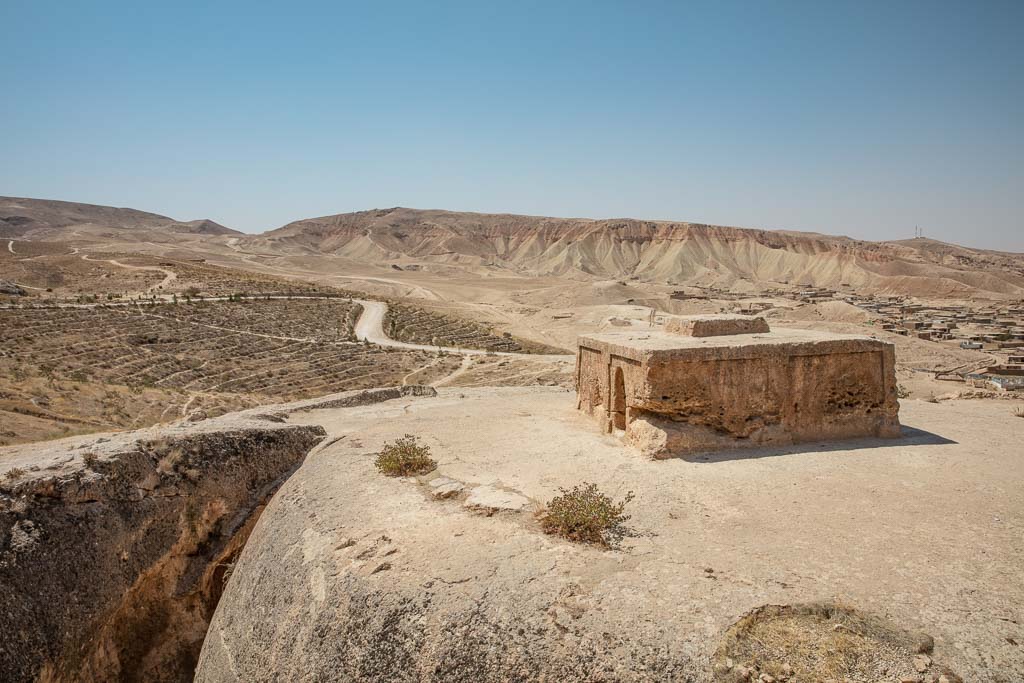
Day Trip to Takht e Rustam & Samangan, Afghanistan
Updated February 2024, Day Trip to Takht e Rustam & Samangan, Afghanistan was originally written in February 2019
Much of Afghanistan’s Buddhist past has been razed and built over as Islam spread over the land. The few that remained through the Islamization of Afghanistan didn’t survive the rise of the Taliban which ordered the destruction of any non-Islamic sites, such as the demise of the Bamyan Buddhas.
Arguably Afghanistan’s most impressive pre-Islamic site after the 2001 dynamiting of the Bamyan Buddhas is Takht e Rustam, a Buddhist Stupa atop a hill looming over the city of Samangan– an easy day trip from Mazar e Sharif. It is estimated that Takht e Rustam was built between the 4th and 5th centuries.
Under the glaring September sun, we stepped out of Elyas’s car. In a much better state than the previous day where we made a whirlwind Hash-&-Dash Through Tour Of Nearby Old Balkh.
Takht e Rustam is an unusual stupa. It’s not built up high, but actually, into the bedrock it sits upon. Theories range from it was an escape from Afghanistan’s unrelenting temperature to that it was built in a manner to be easier missed by bandits and invaders traveling along the Silk Road. Even stranger is the 8 meter deep trench that encircles the small stupa onto an island of rock.
The Hamrika-style building once held relics of Buddha, now it sits empty as all the Buddhas have been destroyed or taken over the many years of war that has racked Afghanistan.
Down in the trench, there are openings leading to five Buddhist meditation caves built into the barren rock.
Need Travel Insurance and Evacuation Services for Afghanistan?
Start shopping for travel insurance plans over at IATI Insurance. Readers of the Adventures of Nicole get a 5% discount off your plan.
The Adventures of Nicole partners with Global Rescue to offer the world’s leading medical evacuation and security advisory services. To travel with peace of mind, shop evacuation coverage at Global Rescue.
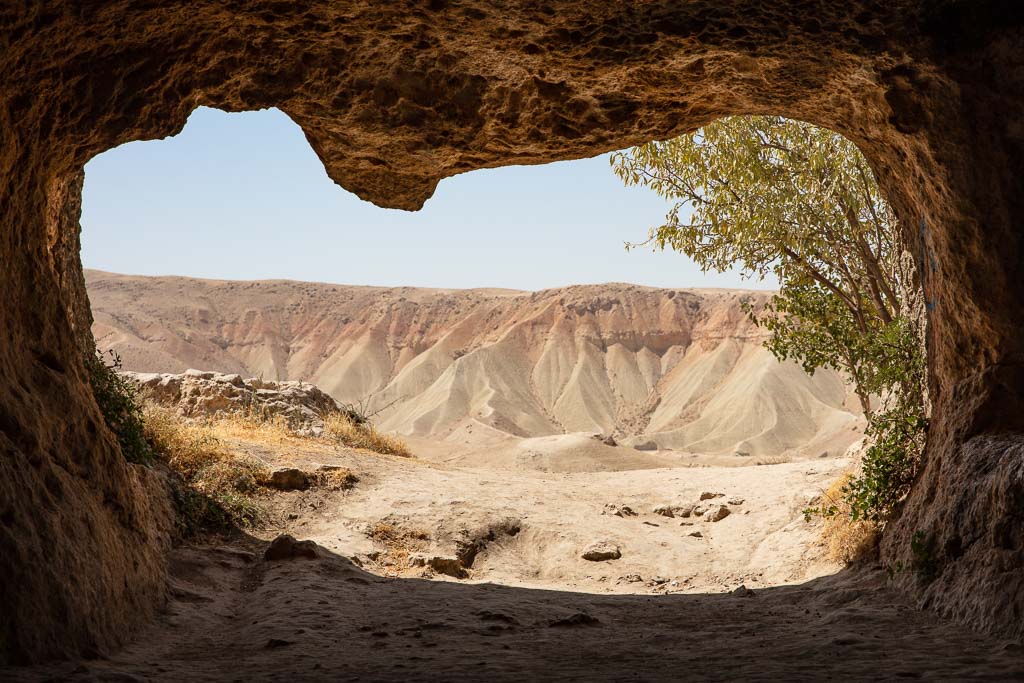
Where Does Takht e Rustam Get Its Name?
Takht e Rustam translates out to throne of Rustam. Who is this Rustam guy you ask?
Rustam is a legendary figure in Persian literature. His story can be found in the Shahnameh, written by Ferdowsi in the 10th century. Rustam, originally from Sistan in Iran ends up in the Afghan Province of Samangan searching for his beloved missing horse named Rakhsh.
As Rustam traveled Samangan looking for Rakhsh he meets Takhmina, the daughter of King Samanganshah. It was at this site that Rustam marries Princess Takhmina.
Shortly after, Rustam leaves Takhmina to return back to Iran after being reunited with Rakhsh. Unbeknownst to Rustam, Takhmina was pregnant and nine months later gives birth to the couple’s son Sohrab. As instructed by Rustam, Takhmina ties a jewel to Sohrab’s arm that Rustam had given Takhmina before leaving her.
Several years later Persia and Turan (present-day Samangan is within Turan’s borders) went to war. Sohrab, being Turan’s strongest fighter was the only man willing to challenge Rustam in a wrestling match (sooo Central Asia). Rustam prevails, breaking Sohrab’s back and stabbing through his chest with a knife. Only when Sohrab in his final breaths tells Rustam that his father will avenge his death, Rustam sees the jewel he’d given Takhmina on Sohrab and realizes he’s killed his own son.
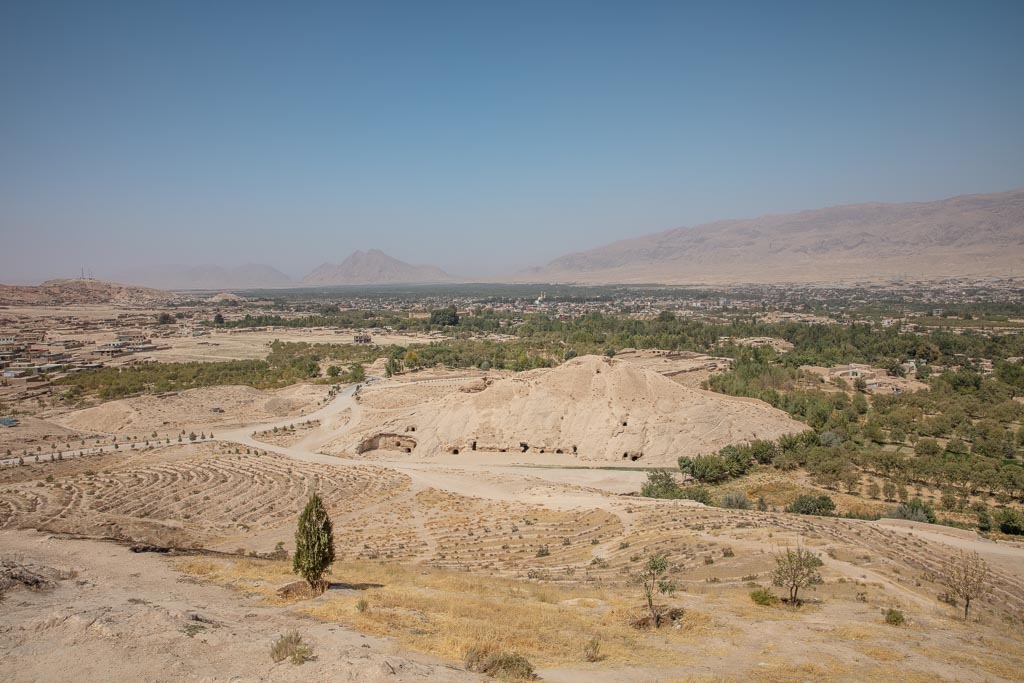
The Ancient Cave Bazaar
Now that storytime is over, we walked down the hill Takht e Rustam sits atop in the baking afternoon sun to the ancient Takht e Rustam Cave Bazaar. Picture something of an ancient precursor to what would become the modern-day shopping mall (I wonder what prime cave mall lease went for in the 5th century?).
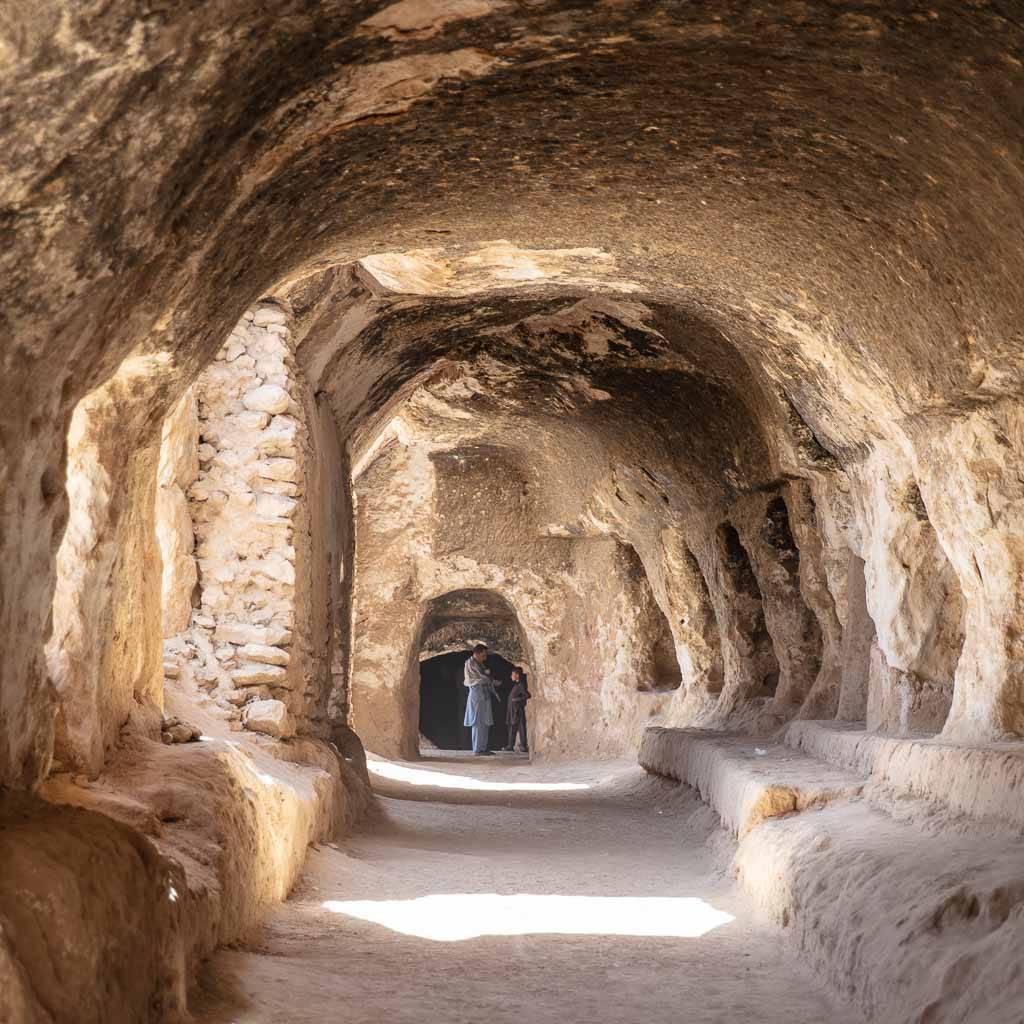
With large windows letting in golden afternoon light you can almost picture the movement, sights, and smells of the bazaar in its 5th century glory.
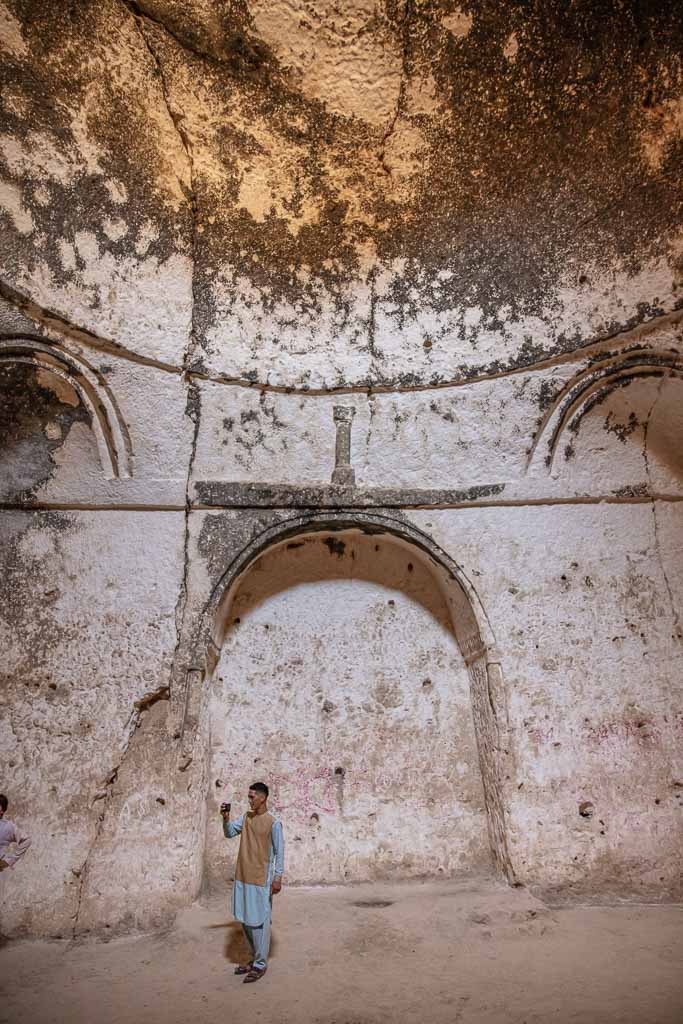
Buddhist Temples
To the side of the ancient Cave Bazaar are more Buddhist temples. They’re carved out of the caves inside the mound of rock. All of the temples have high ceilings and small holes in them to allow light to shine in.
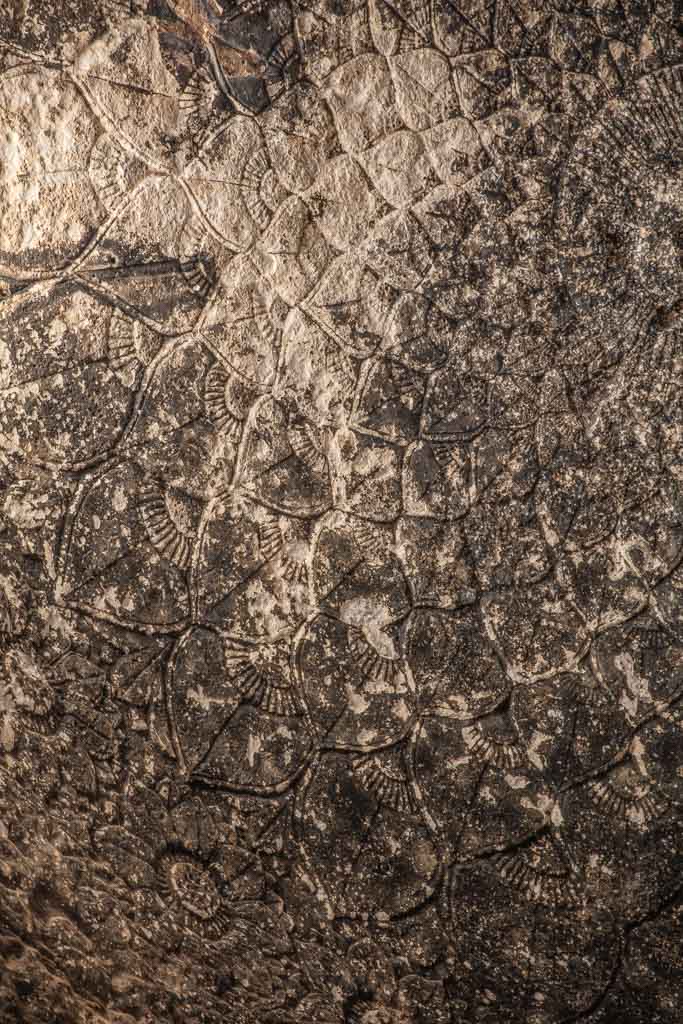
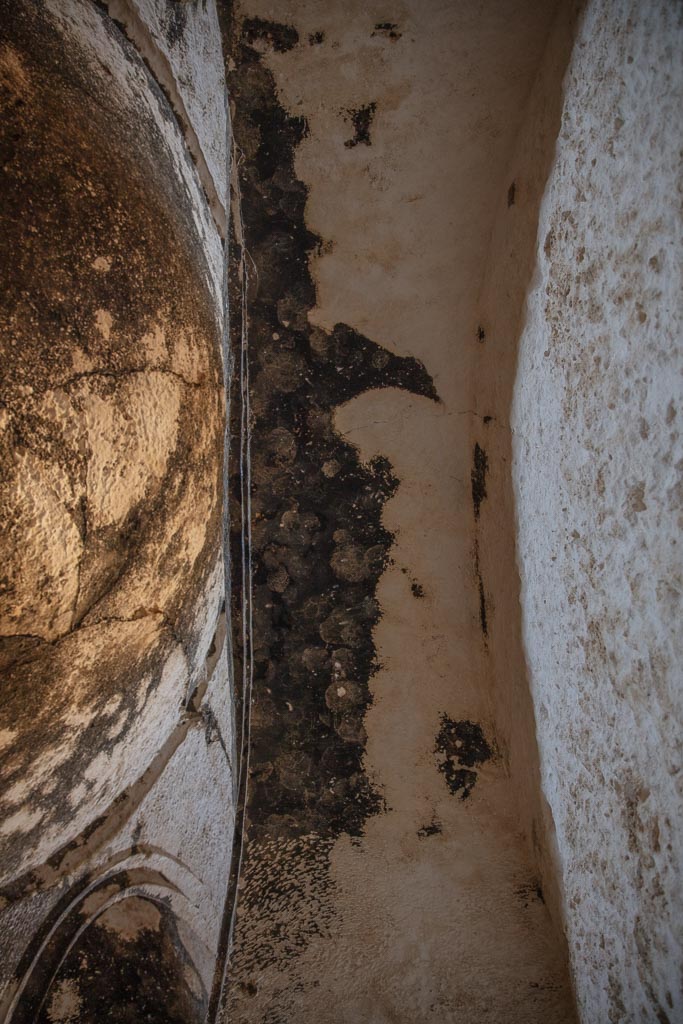
Lunch in Aybek
Escaping the boiling afternoon sun we broke for lunch in the village of Aybek that sits just a couple of kilometers down from Takht e Rustam. As we sat waiting for the kebab, pulao, and mantoo to arrive we sipped glasses of chai watching Emomali Rahmon, the bushy-browed forever president of neighboring Tajikistan give his Tajik Independence Day speech followed by an elaborate fireworks display.
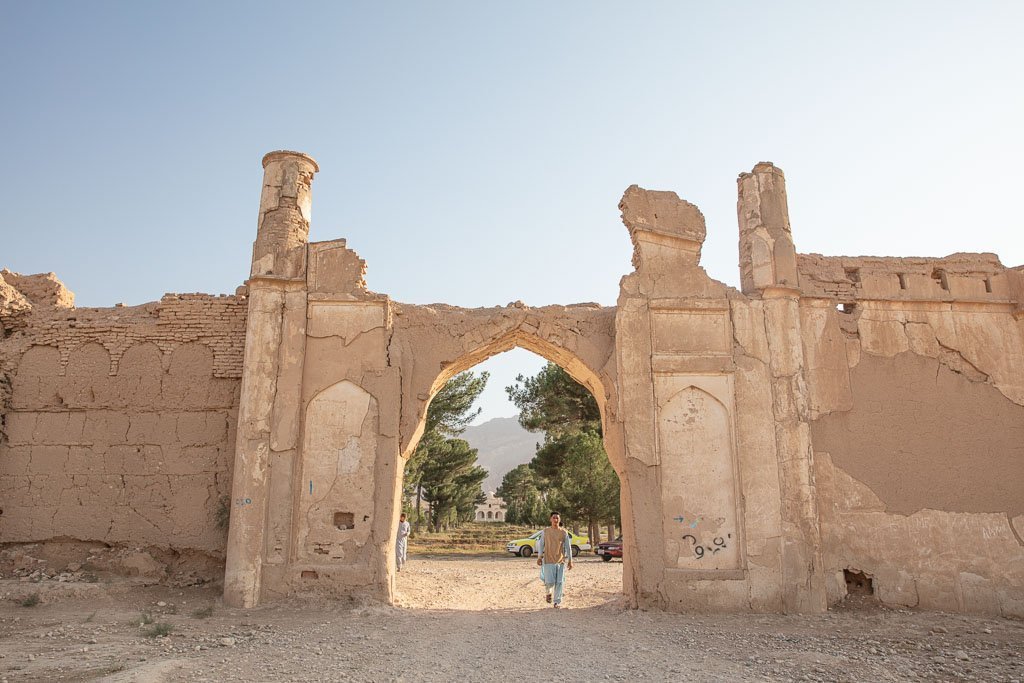
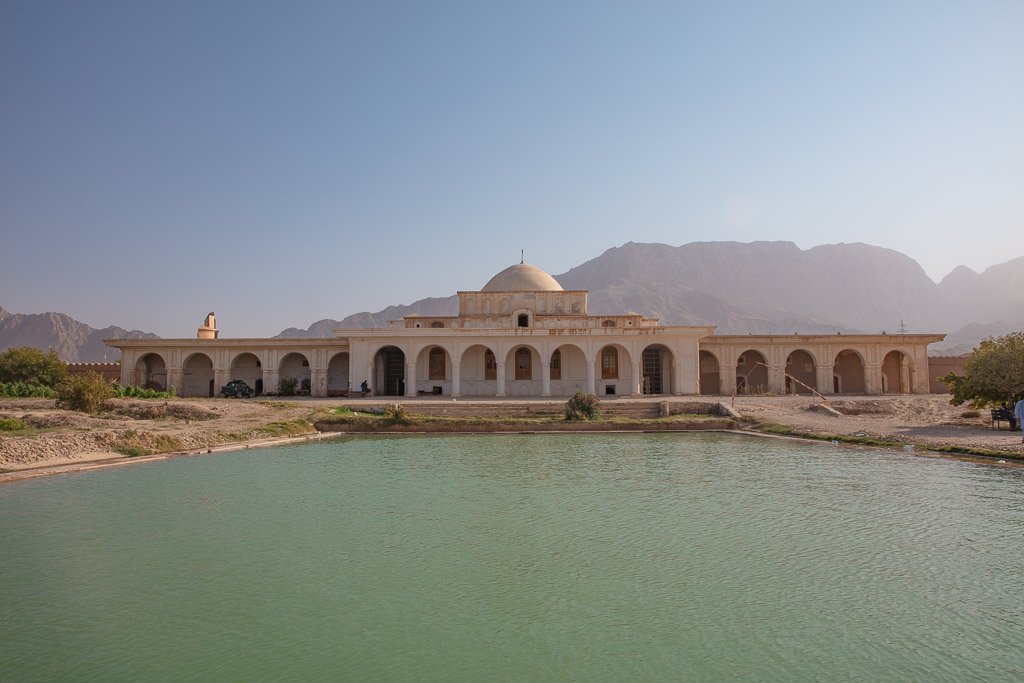
Bagh e Jahan Nama
Our final stop on the Takht e Rustam & Samangan day trip was back in Balkh Province just a few kilometers before Mazar e Sharif in the village of Kholm.
Bagh e Jahan Nama Palace sits on the southern outskirts of Kholm. Built between 1890 and 1892 by Amir Abdur Rahman to serve as a palace and hunting grounds. The palace was renovated from 1974 to 1976 and slated to become a museum, only to be badly damaged by an earthquake in 1976 and never make the full transformation.
Once the civil war set in the Russians took control of the palace and its surrounding gardens and used the site as a tank storage. Remnants of the war are still left behind.
Once again restoration efforts are beginning with the end goal to turn the palace into an ethnographic museum and tourist attraction.
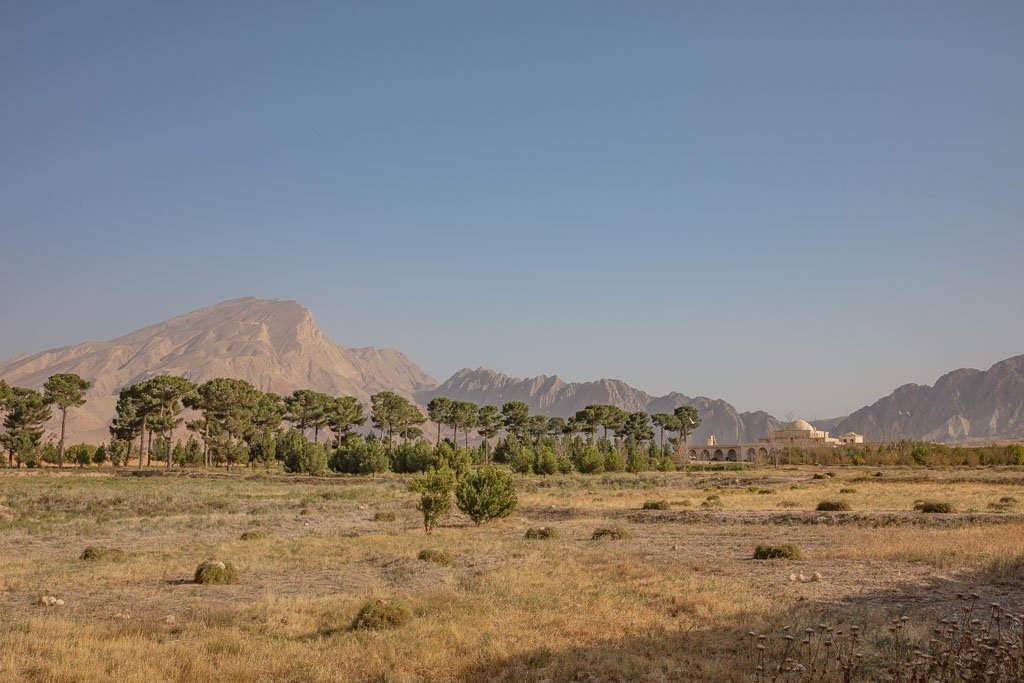
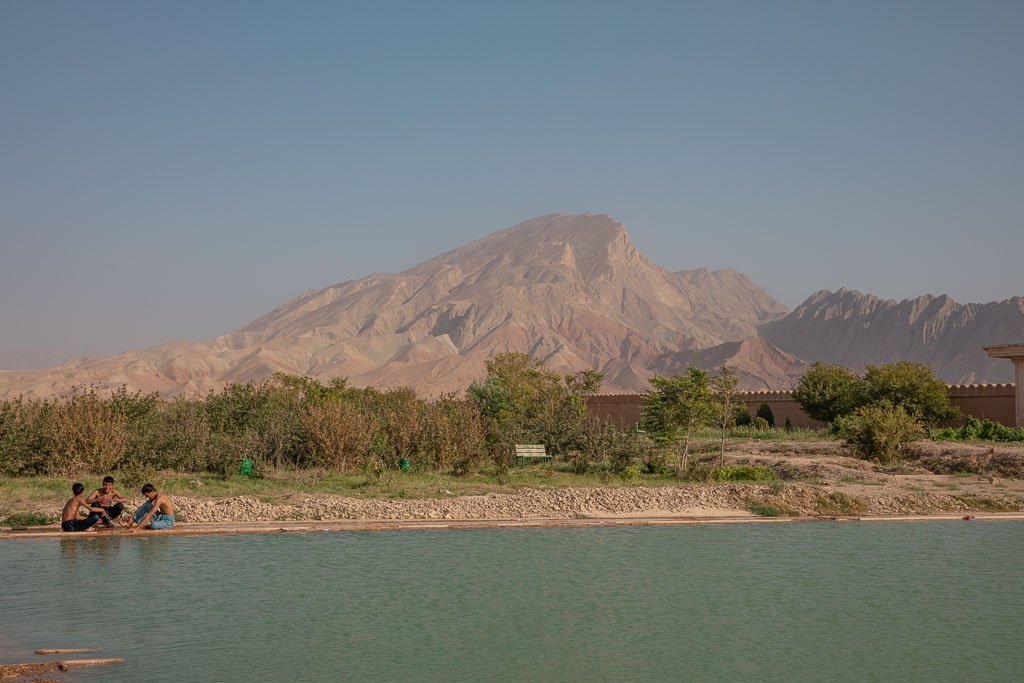
How To Get To Takht e Rustam
Expect to pay about 3,000-3,500 AFS to hire a taxi for the day trip from Mazar e Sharif and back. You can have your guesthouse or hotel arrange a taxi for you, though it is possible to hire one from the Mazar e Sharif Bazaar.
Note that as of May 2021 there is a 400 AFS charge to visit Takht e Rustam.
Another great option is to hire a local guide such as Let’s Be Friends Afghanistan to arrange the trip for you.
How To Get To Mazar e Sharif
- From Kabul: Several flights each day connect Kabul and Mazar e Sharif for about $85 USD each way. Currently, the highway connecting Kabul to Mazar e Sharif via Parwan, Baghlan, and Samangan Provinces is safe (safe by Afghan terms, anyway) but it is recommended to do this journey with a trusted guide and driver. For those determined, there is a bus connecting the two cities for 600 AFS, and DO NOT take the overnight bus.
- From Bamyan: Currently, there are no commercial flights to Bamyan at all. You can reach Mazar e Sharif from Bamyan via the highway through Ghorband. A local guide and driver is highly recommended for this journey because at points you will pass very close to Taliban-controlled areas. Read more about the beautiful Bamyan Valley.
- From Herat: Only recommended by flight, most times will require a change in Kabul. The roads connecting Herat and Mazar e Sharif pass through Taliban-controlled areas.
- From Uzbekistan: At the moment the border at Termez/Hairitan is open and safe to cross at. A taxi should cost about 1,100 AFS for the journey. Check out my two week Uzbekistan itinerary & travel guide!
Start planning: The Afghanistan Travel Guide
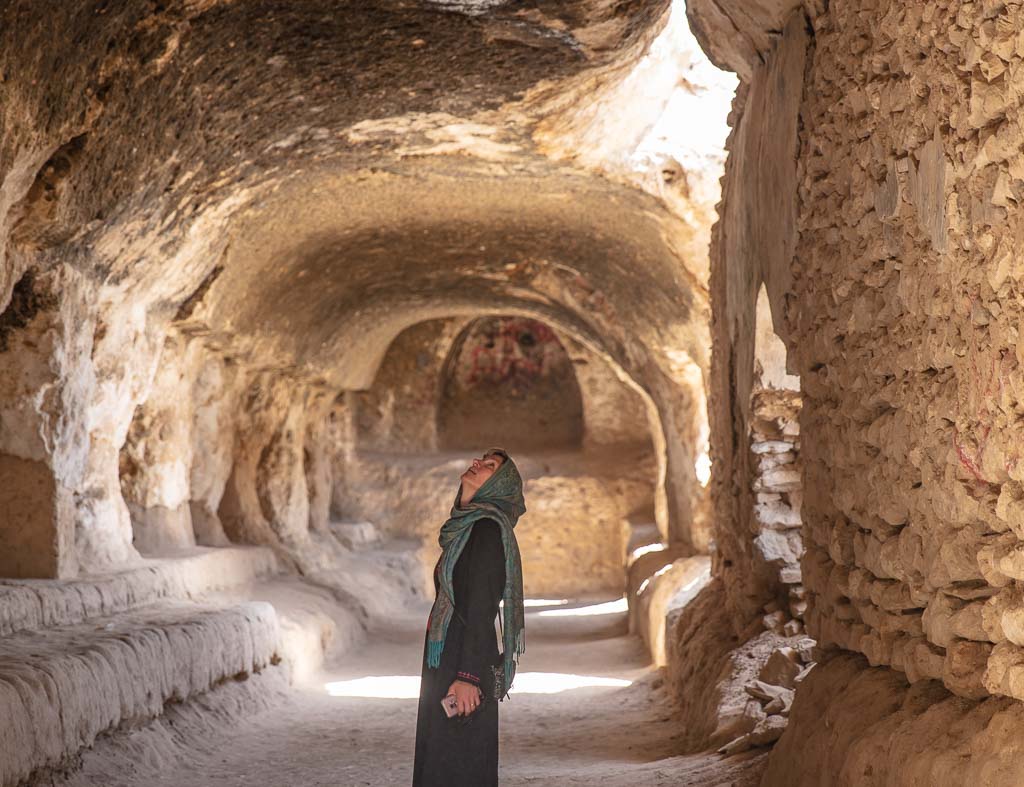

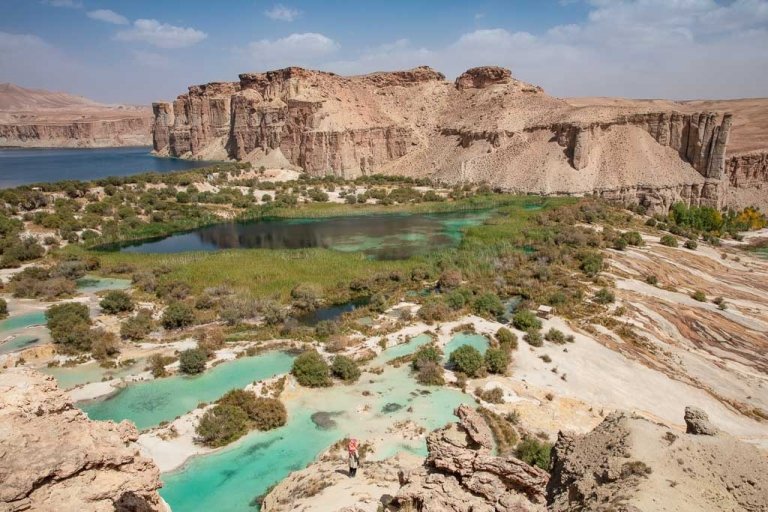
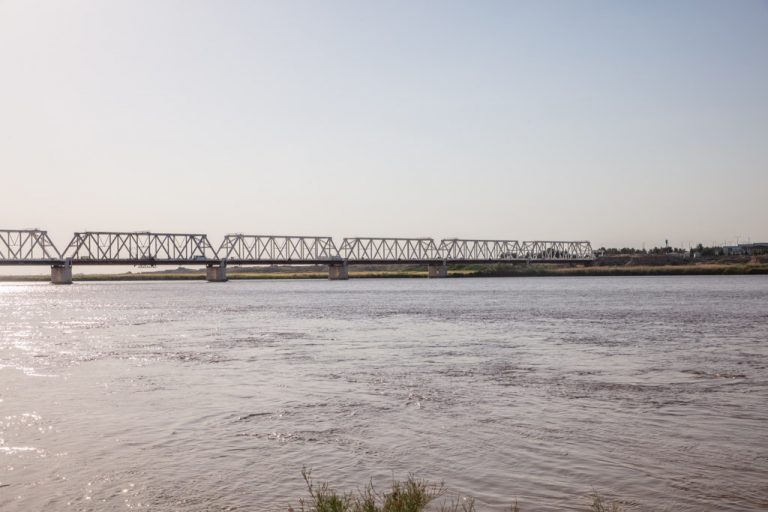
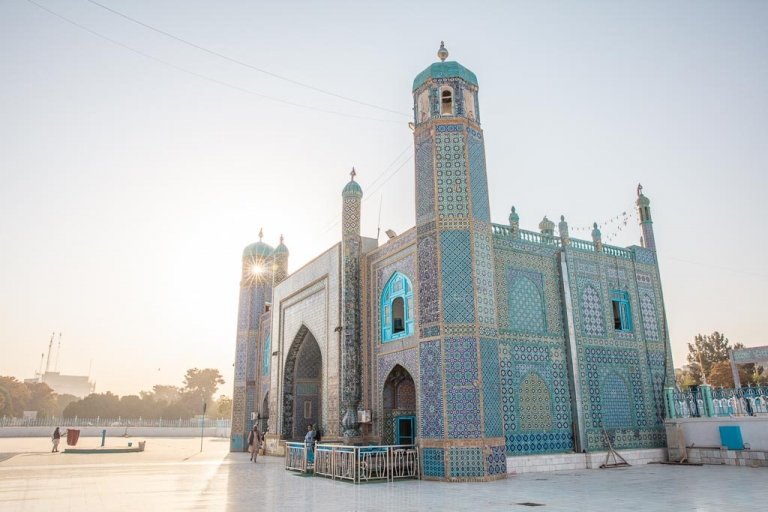
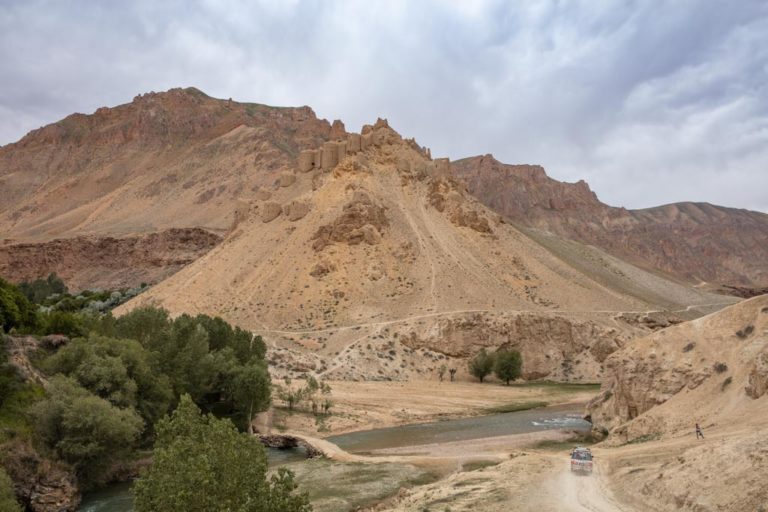
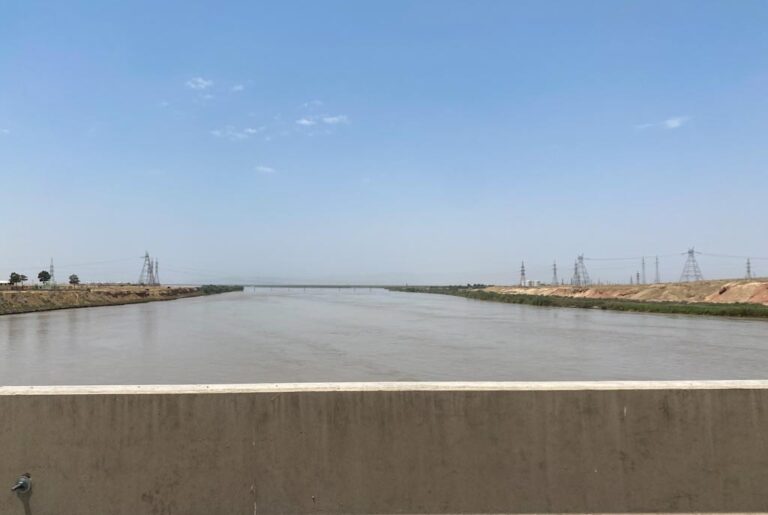
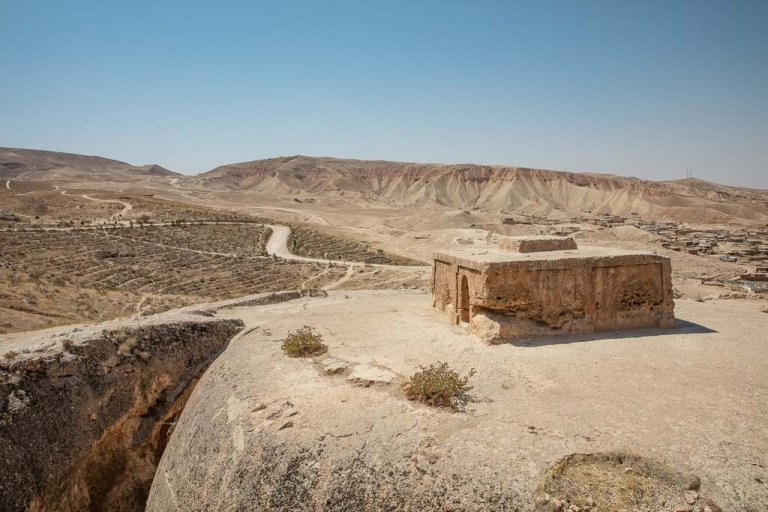
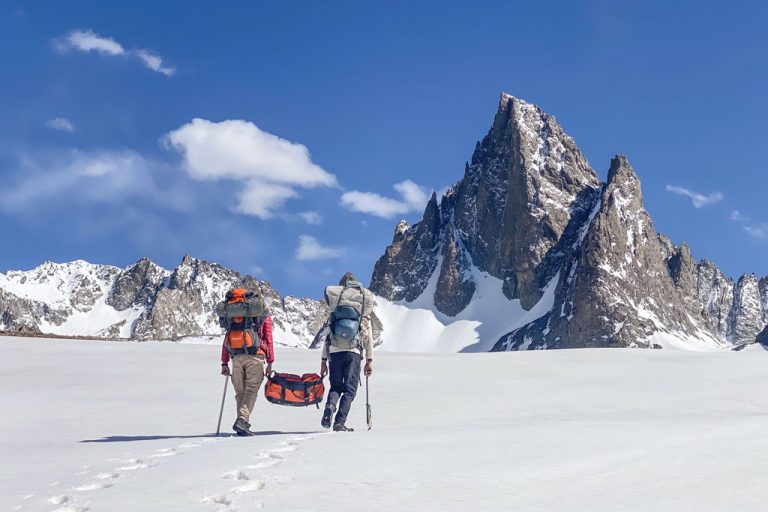
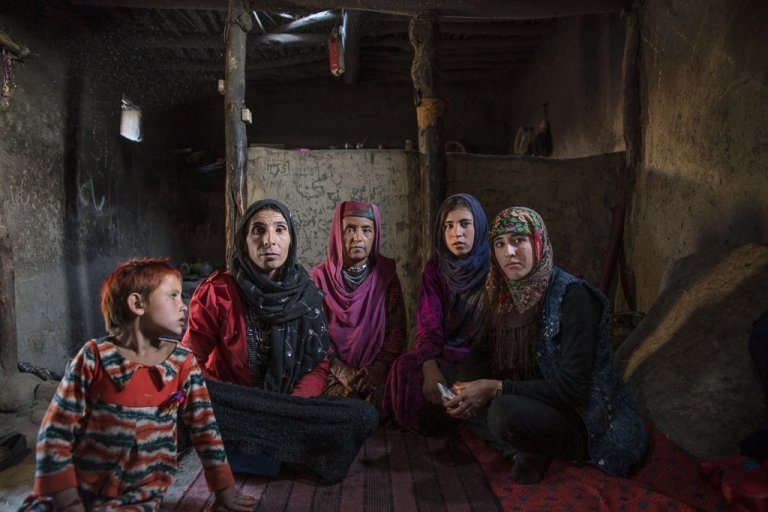
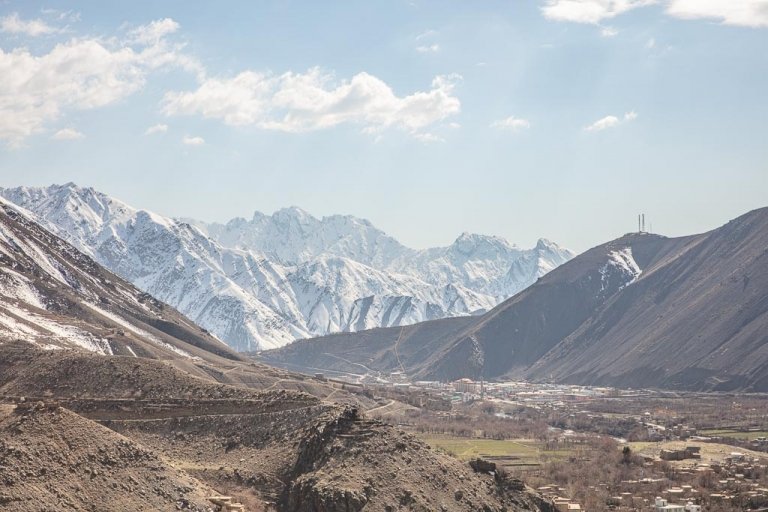
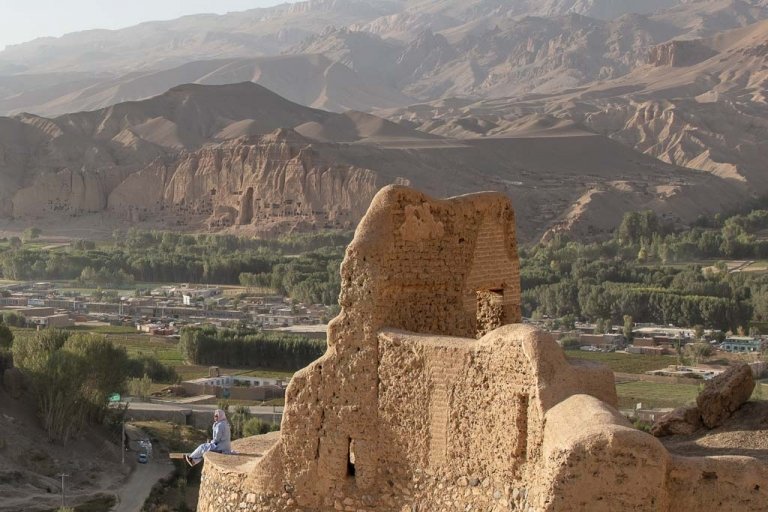

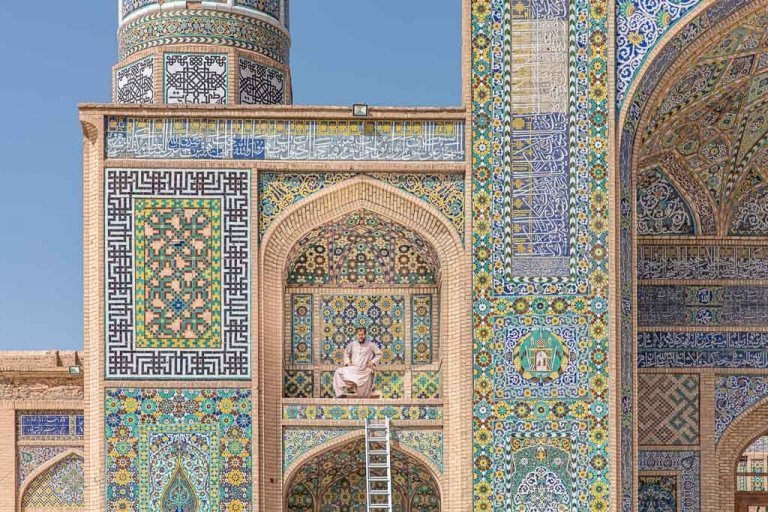
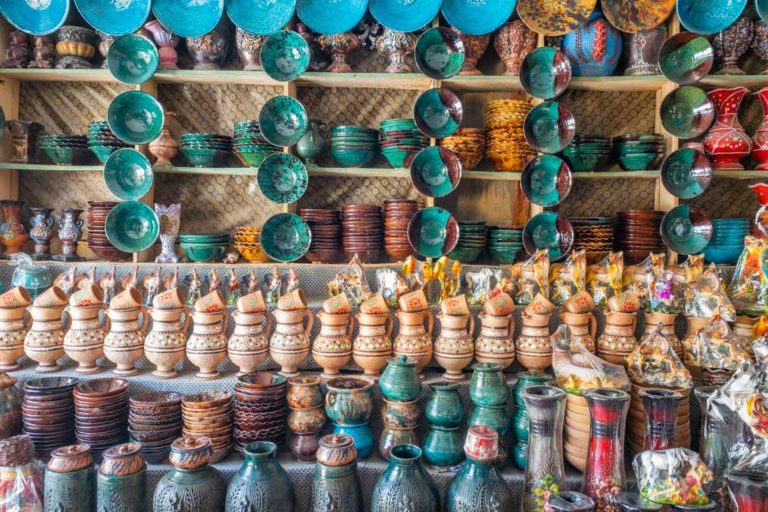
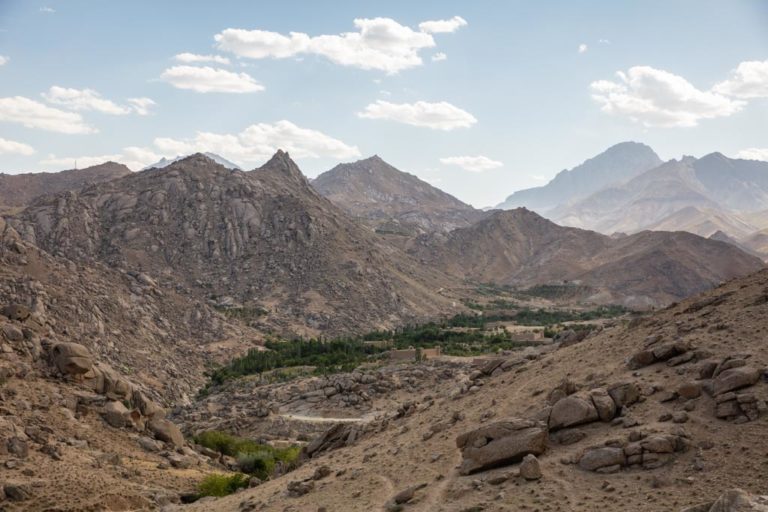
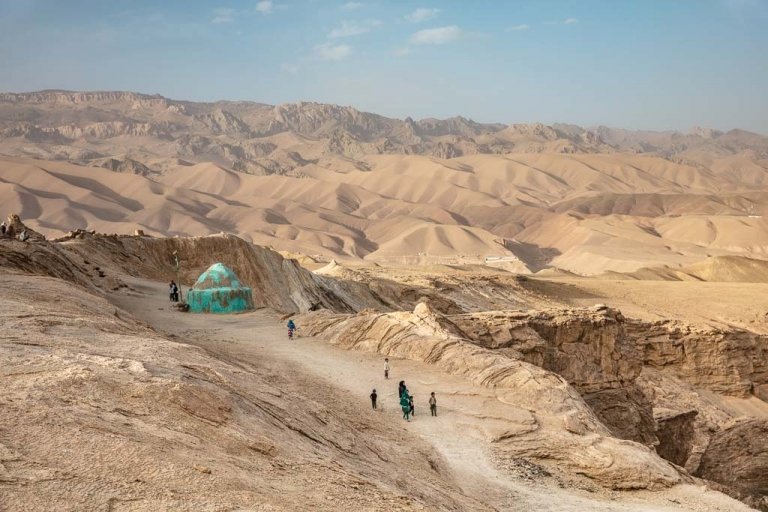
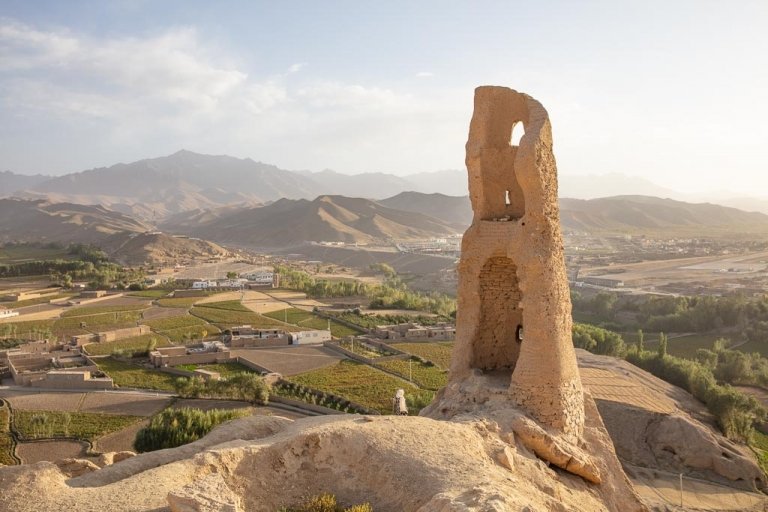
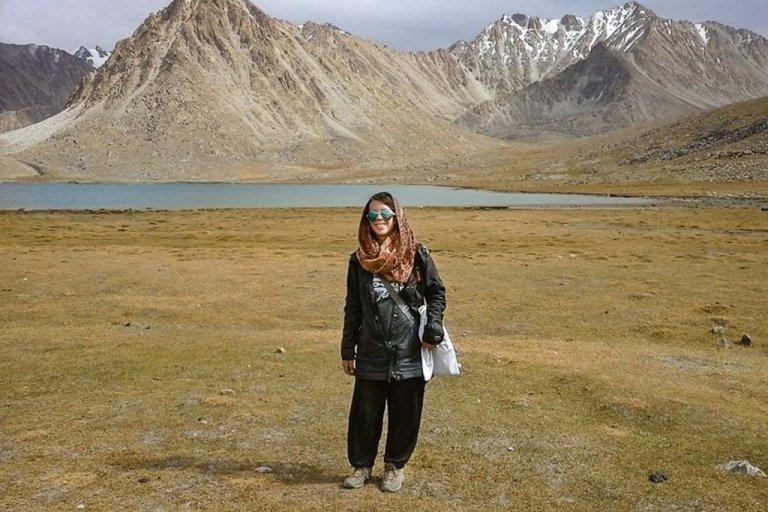
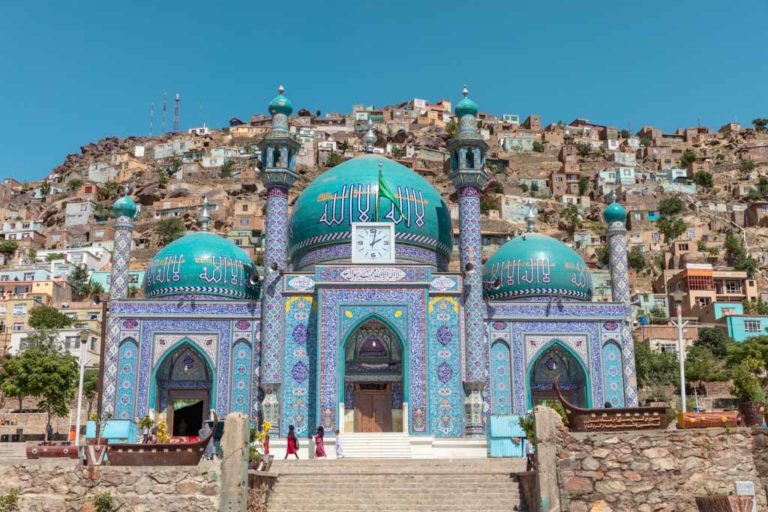
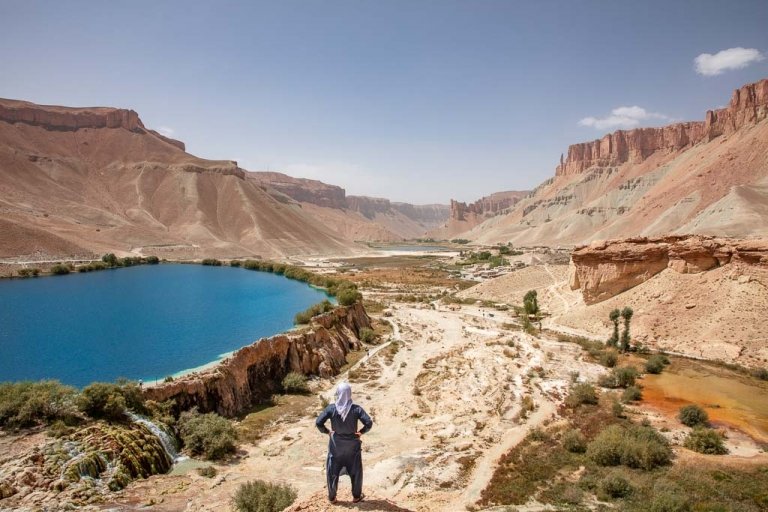
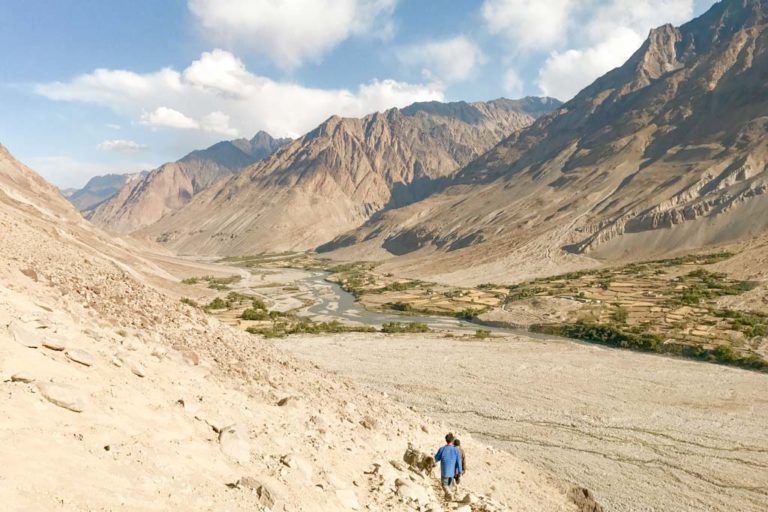
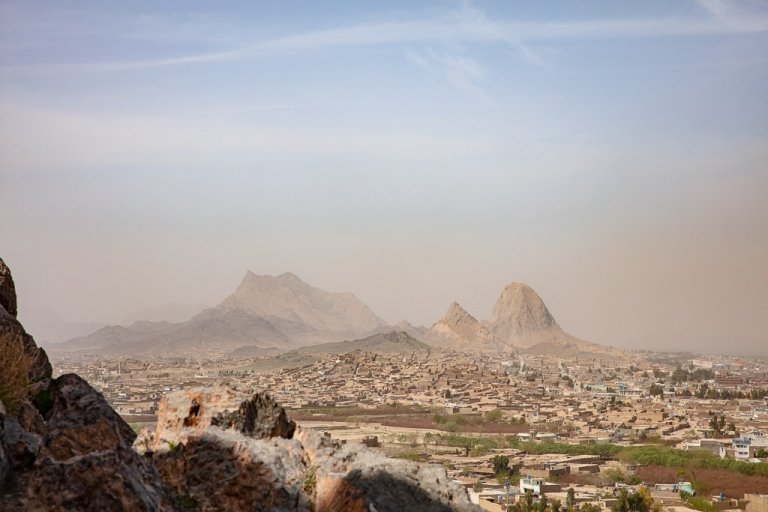
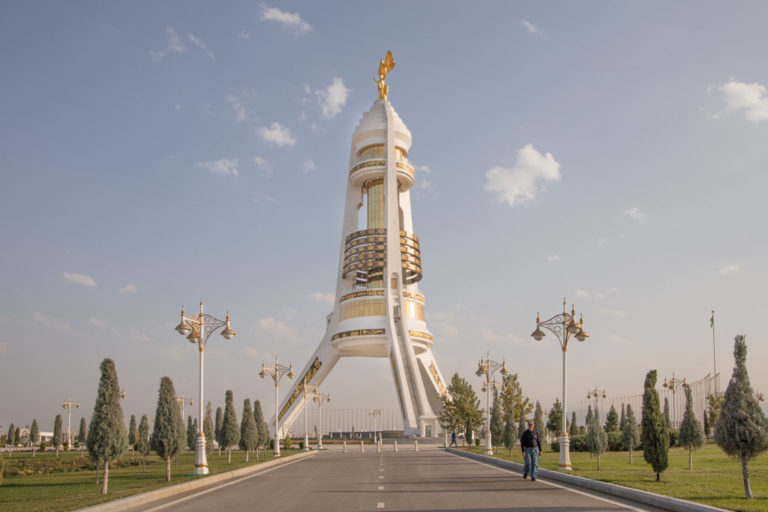
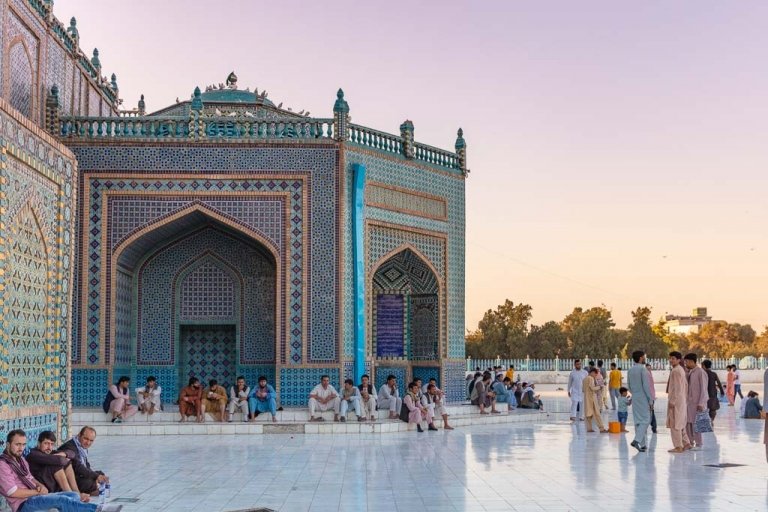
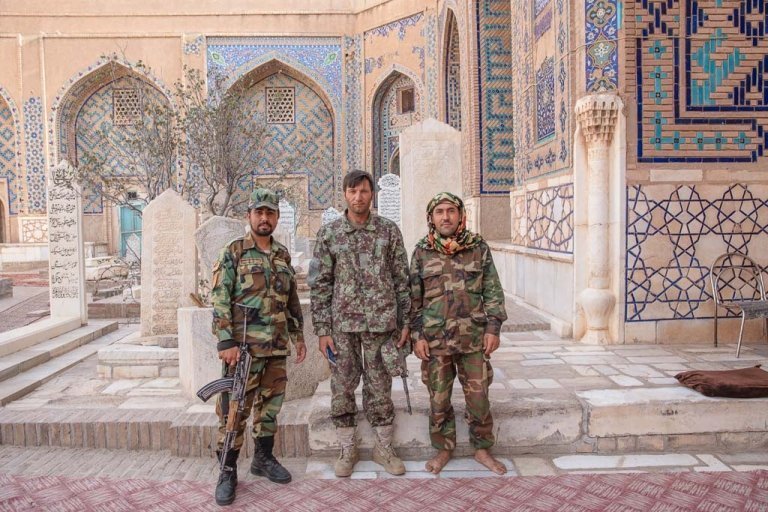
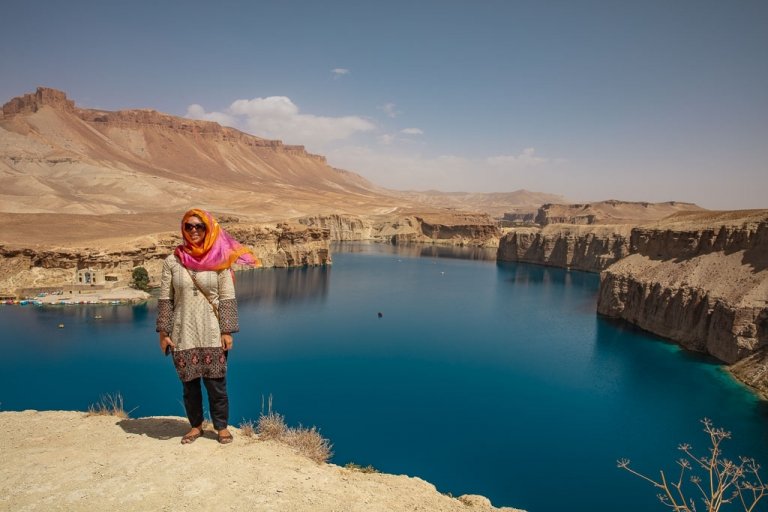
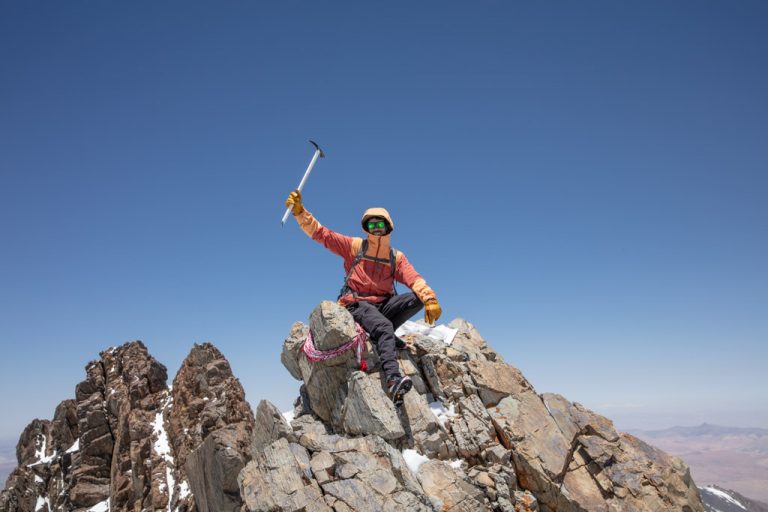
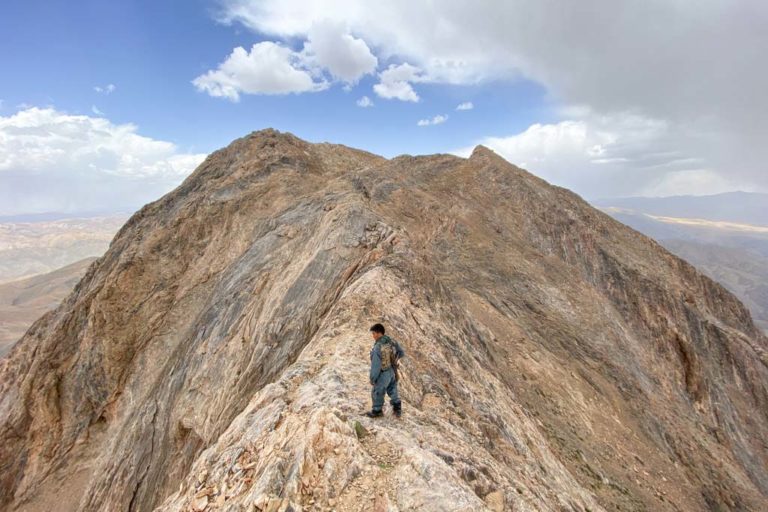
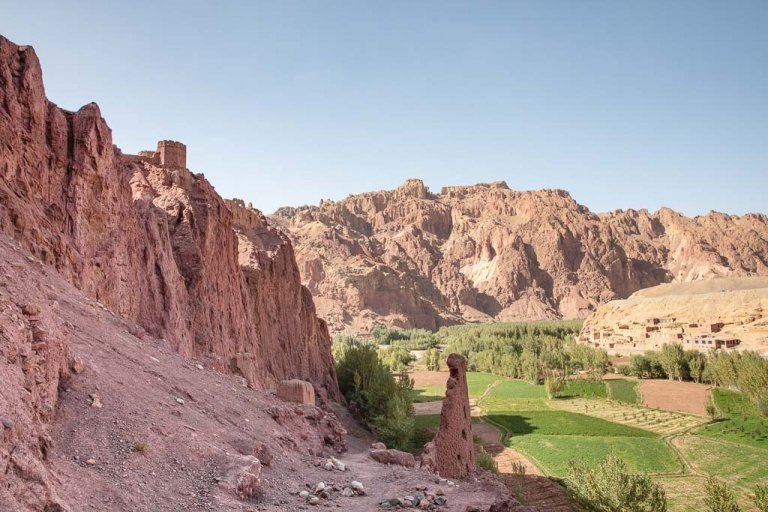

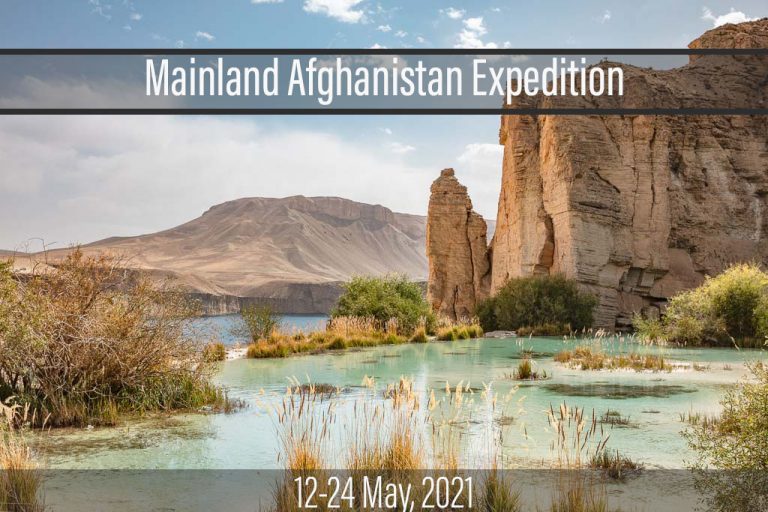
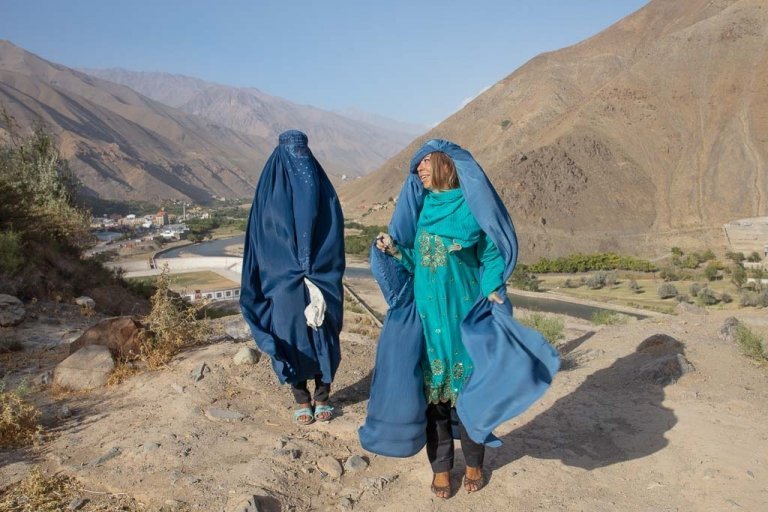
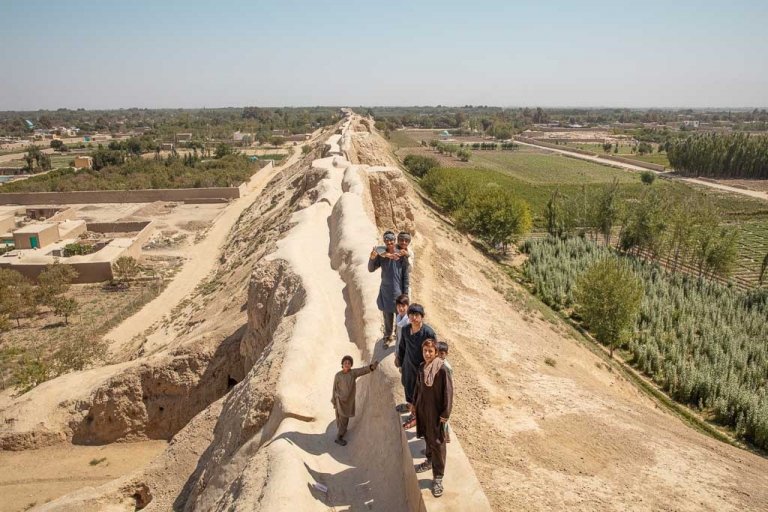
Hey Nicole, I saw this post of yours on Twitter. This place looks absolutely fascinating! Happy travels 🙂
Regards
Jan Zac
Thanks Jan, Hope all is well!